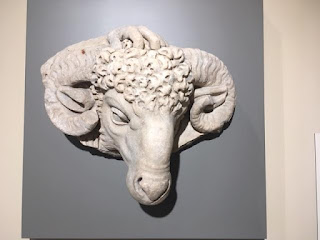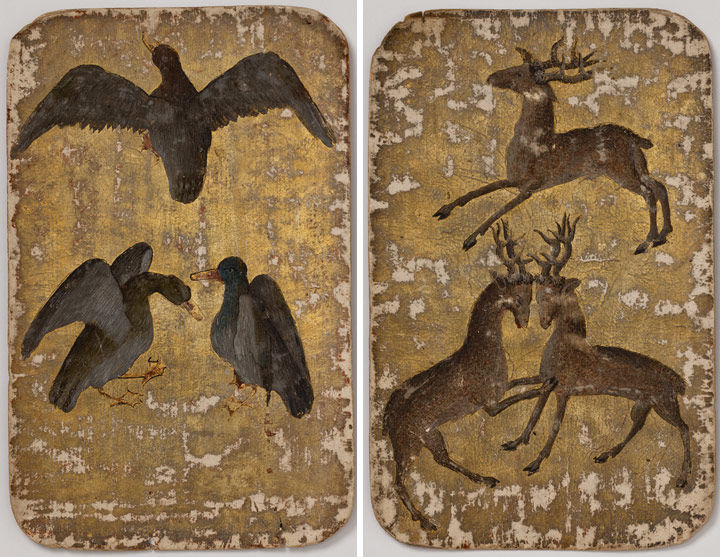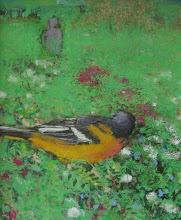Deer sketch, 2020
The deer we see in our yard are small.
For many generations, hunters have killed the biggest deer; they have mounted the largest racks on their home walls. Their selection, unnatural, favors the small and the weaker deer. I think this practice is going to change among our generation's young hunters.
In forestry there is a practice of worst-tree, single-tree selection. You go in the woods, look around and take out enough low-grade trees to pay for getting them out. You're not trying for a bonanza. Every 15 or 20 years you do the same: take the worst, leave the best. Every time you go back, the quality is better. I read about this tree selection practice in Orion, Spring 2020, in a conversation between Wendell Berry and Tim DeChristopher.























